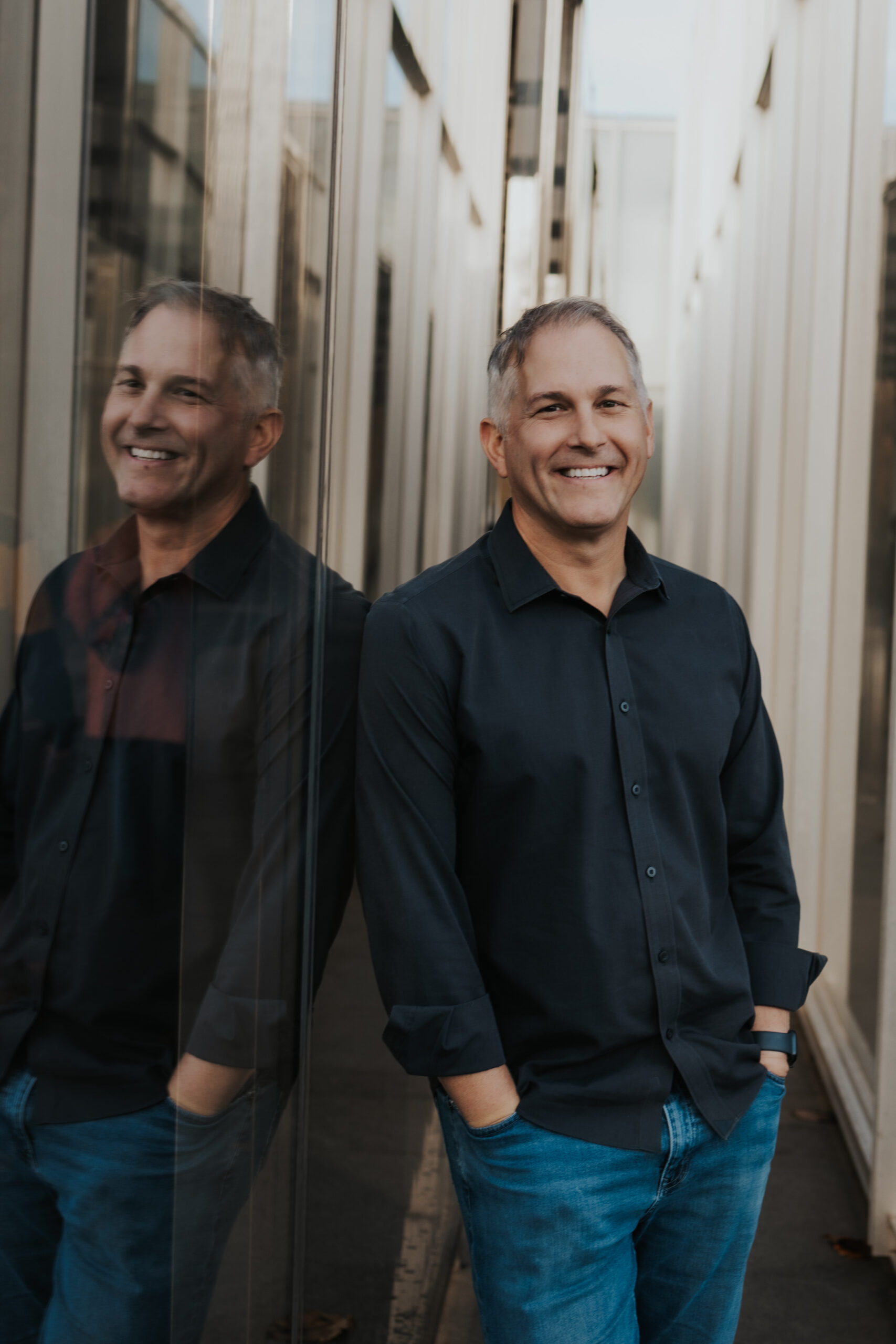
Listen in as we talk to Andrew McIntyre, senior vice president of technology and innovation at Vinik Sports Group, about his move from Wrigley Field to Amalie Arena — and how being a lifelong learner and always-interested innovator keeps his job fun and exciting as he looks to blend technology and innovation in a new and different place.
If you are a stadium technology professional, there may be no bigger change than to move from working at a baseball stadium to a busy indoor arena, where multiple different events mean a much different menu of challenges than a steady diet of baseball games. Listen in as we talk to Andrew McIntyre, senior vice president of technology and innovation at Vinik Sports Group, about his move from Wrigley Field to Amalie Arena — and how being a lifelong learner and always-interested innovator keeps his job fun and exciting as he looks to blend technology and innovation in a new and different place.
Not one to pursue technology for technology’s sake, the former vice president of technology for the Chicago Cubs said his philosophy around technology is pretty simple — “for us, using technology is all about making the fan experience as seamless, as easy and as enjoyable as possible,” McIntyre said. Now at Vinik Sports Group, McIntyre said the owners of Amalie Arena are interested in using both technology and innovation — which could be things as simple as process changes or cost cuts — to identify and eliminate friction points in the game-day experience.
“It’s a never-ending quest,” McIntyre said. His team’s goal, he said, is “to make fans want to keep coming back to the arena.”
Championship caliber career
If there are teams out there who have gone a long time without a trophy, they might want to consider recruiting McIntyre — while at the Cubs, the team broke its 108-year drought by winning the 2016 World Series. And since his move to Tampa, the NHL’s Lightning have won back-to-back Stanley Cups, in 2020 and 2021.
While he laughs at the idea of being a good luck charm, McIntyre noted that both franchises had what he calls “great owners,” who have a vision for winning both on the sports and business sides. They key, he said, is having ownership that wants to invest in success.
In Tampa, that task is much different for McIntyre than it was at the Friendly Confines, which hosted mainly baseball games and a few concerts here and there. At busy Amalie Arena, the multi-purpose venue will see more concerts and other events than hockey games in a given year, leading to new challenges for game days and for arena transition.
Reaping the benefits of a full MatSing antenna installation
One of the technological benefits that was already there when McIntyre arrived was the first real full-stadium deployment of MatSing lens antennas, the ball-shaped devices that are sweeping the sports stadium cellular-network market for their ability to provide precise, broad coverage. While he credits his predecessor for making the decision to go all in on MatSing antennas, it was up to McIntyre to convince Verizon and T-Mobile to join the stadium’s DAS, where he said the MatSing antennas deliver “a level of performance that hasn’t been seen before.”
Subscribe to the Stadium Tech Report podcast on iTunes!
Our conversation continued to cover such interesting and diverse topics as how to best utilize outdoor space (the arena’s Ford Thunder Alley was one of the first places where away-game “watch parties” became popular), and how flexible spaces need to have their own technology and security plans — and also how Amalie Arena is moving toward adding more concession technology and innovation to get food and beverages into fans’ hands faster.
When asked to define the “innovation” part of his title McIntyre said any good idea counts. “The goal is to just get better. Anything that helps that — cutting costs, new procedures, new technology, all of that could be innovation,” McIntyre said.
And a big part of making innovation work is having the time and space to try things that might not succeed.
“You need to have a mindset to try things, and they may fail,” McIntyre said. The goal, he added, was to have “More winners than losers.” But the trying, he said, is what “makes it exciting.”
Technical production for the Stadium Tech Report podcast is led by creative director Dan Grimsley, and digital designer Jackie Nguyen. Web and design work is by David Fares and John David. All contents of the Stadium Tech Report podcast are copyright, Stadium Tech Report. Audio, video and print content may not be re-used without the express written consent of Stadium Tech Report.


